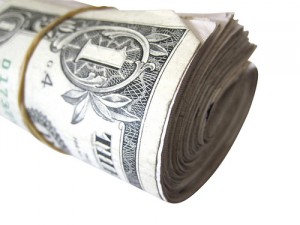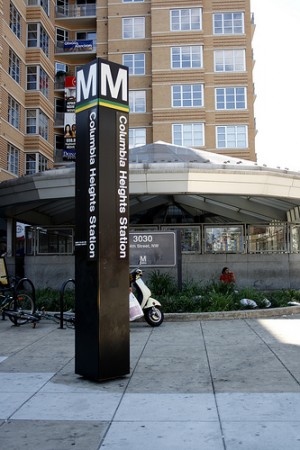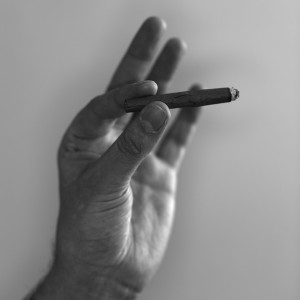
Flickr via blahmni
Fiesta D.C. 2010, Mount Pleasant
D.C. Assistant Police Chief Diane Groomes says that the Metropolitan Police Department is facing “challenges” in and around Columbia Heights, where Latino immigrants are often the targets of a growing number of robberies and assaults:
The reason? “I think people realize they might be carrying cash, also they might not report it to police, so I think they become victims of crime more than others…they present a unique opportunity,.” Groomes said.
The area, which law enforcement call Police Service Area 302, is bordered by 16th Street NW, Harvard Street NW and Park Place NW, and it’s 31 percent Hispanic. Groomes characterized the incidents as crimes of opportunity, not hate crimes.
Didier Sinisterra, deputy director of the Mayor’s Office of Latino Affairs confirmed that the office is working with police to provide information to Latino residents on protecting themselves. .
“We have identified three key locations where we will be doing local outreach to inform people and hand out additional information: Spring Road, Mount Pleasant St and Columbia Heights.”
According to Sinisterra, the outreach efforts received a positive response. “We engage our community, go into local businesses. We let people know about the situation and we encourage them not to carry a lot of cash. We chose Friday because that is when a lot of Latinos get paid.”
OLA is also encouraging people to open bank accounts, so that they aren’t carrying large amounts of cash. This week, they will be in Mount Pleasant on Friday, from 4 p.m. to 7 p.m.
Josie Rizo, who works on the 1400 block of Irving St NW isn’t concerned. “So far nothing has happened and I’ve been working here for a year now,” she said, adding that she would go to the police if she is targeted by a crime. “I feel pretty safe…In this area especially, there are a lot of people walking around, so that helps.”













